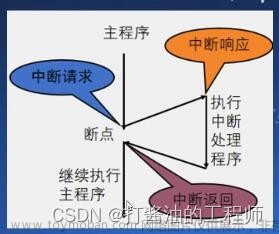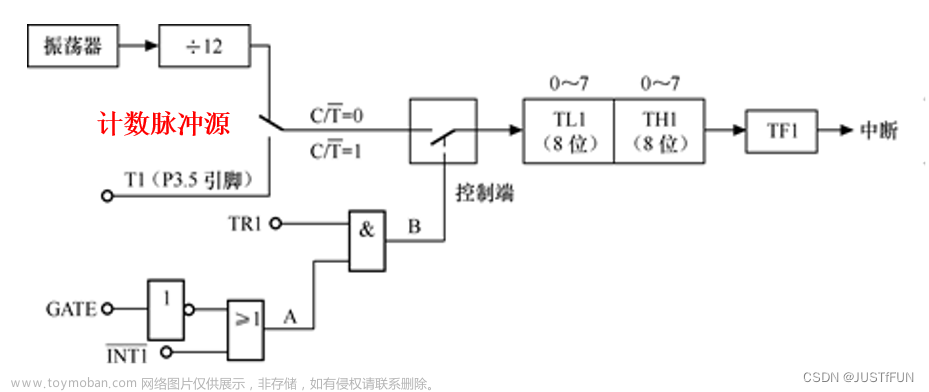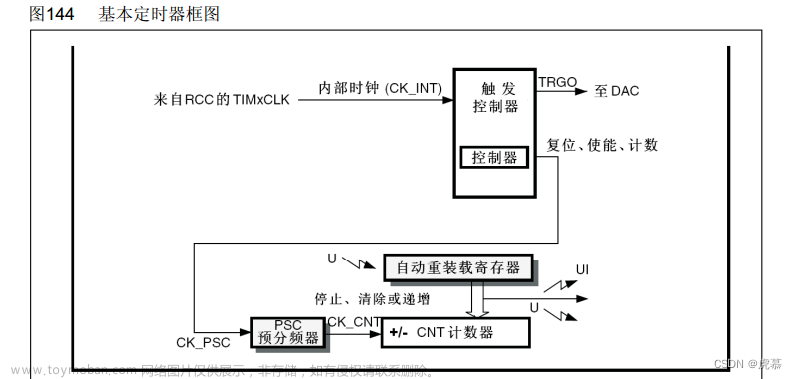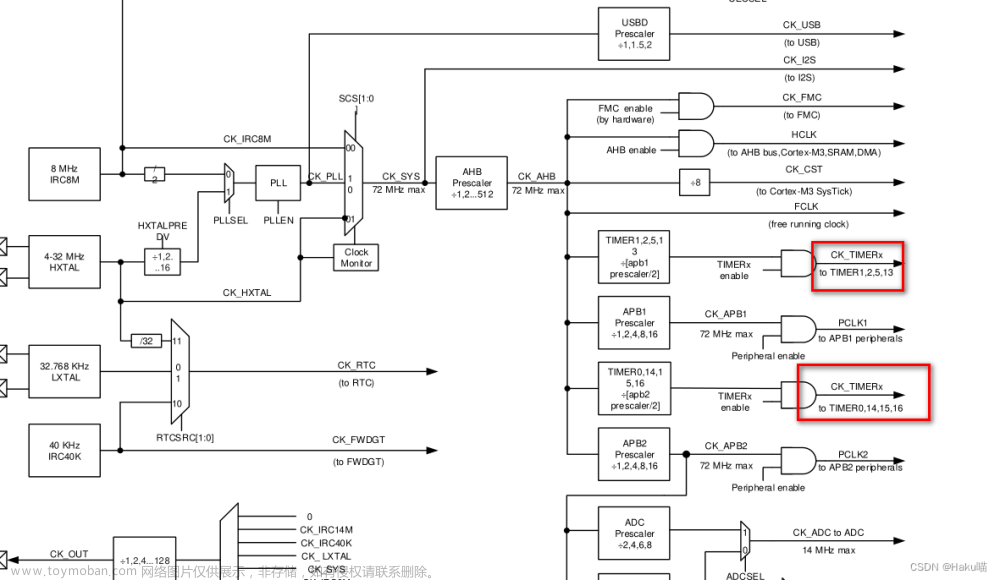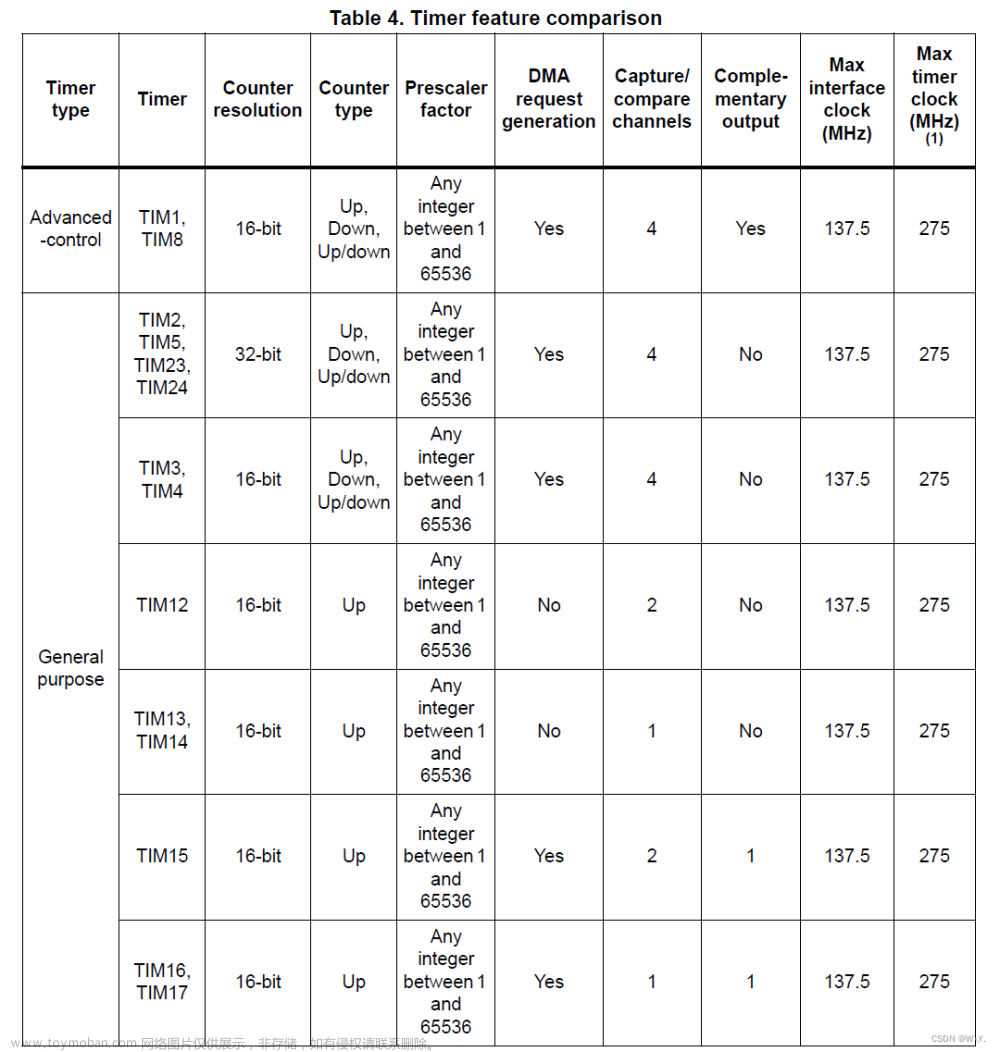#include <stdio.h>
#include <windows.h>
void CALLBACK timer_handler(HWND hwnd, UINT uMsg, UINT_PTR idEvent, DWORD dwTime) {
printf("Timer expired!\n");
}
int main() {
// 创建窗口,用于接收消息
HWND hwnd = CreateWindow("STATIC", "", 0, 0, 0, 0, 0, NULL, NULL, NULL, NULL);
// 创建定时器,每隔2秒触发一次
UINT_PTR timerId = SetTimer(hwnd, 1, 2000, timer_handler);
// 等待消息循环结束
MSG msg;
while (GetMessage(&msg, NULL, 0, 0)) {
TranslateMessage(&msg);
DispatchMessage(&msg);
}
// 删除定时器
KillTimer(hwnd, timerId);
return 0;
}
代码解释:
#include <stdio.h>
#include <windows.h>
这两行是引入所需的标准库头文件。
void CALLBACK timer_handler(HWND hwnd, UINT uMsg, UINT_PTR idEvent, DWORD dwTime) {
printf("Timer expired!\n");
}
定义了一个回调函数 timer_handler,当定时器到期时会被调用。在此示例中,它只简单地打印一条消息表示定时器已经过期。
int main() {
// 创建窗口,用于接收消息
HWND hwnd = CreateWindow("STATIC", "", 0, 0, 0, 0, 0, NULL, NULL, NULL, NULL);
创建一个静态窗口,用于接收消息。这里使用了 Windows API 中的 CreateWindow() 函数来创建窗口。这个窗口不具有实际的可见界面,仅用于接收消息。
UINT_PTR timerId = SetTimer(hwnd, 1, 2000, timer_handler);
创建一个定时器,并将其添加到窗口消息队列中。这里使用了 Windows API 中的 SetTimer() 函数来设置定时器。第一个参数 hwnd 指定了要接收定时器消息的窗口句柄,第二个参数是定时器 ID,第三个参数是定时器的时间间隔(单位:毫秒),第四个参数是定时器到期时的回调函数。
MSG msg;
while (GetMessage(&msg, NULL, 0, 0)) {
TranslateMessage(&msg);
DispatchMessage(&msg);
}
进入消息循环,等待窗口接收到消息。这里使用了 Windows API 中的 GetMessage() 函数来从消息队列中获取消息,并使用 TranslateMessage() 和 DispatchMessage() 函数将消息翻译并分发给窗口过程进行处理。
KillTimer(hwnd, timerId);
删除定时器。这里使用了 Windows API 中的 KillTimer() 函数来删除先前创建的定时器。文章来源:https://www.toymoban.com/news/detail-524732.html
return 0;
程序正常结束,返回 0 表示成功运行。
该示例使用了 Windows API 中的函数来创建和管理定时器,并且利用窗口消息循环接收定时器消息。文章来源地址https://www.toymoban.com/news/detail-524732.html
到了这里,关于C语言实现定时器的文章就介绍完了。如果您还想了解更多内容,请在右上角搜索TOY模板网以前的文章或继续浏览下面的相关文章,希望大家以后多多支持TOY模板网!

